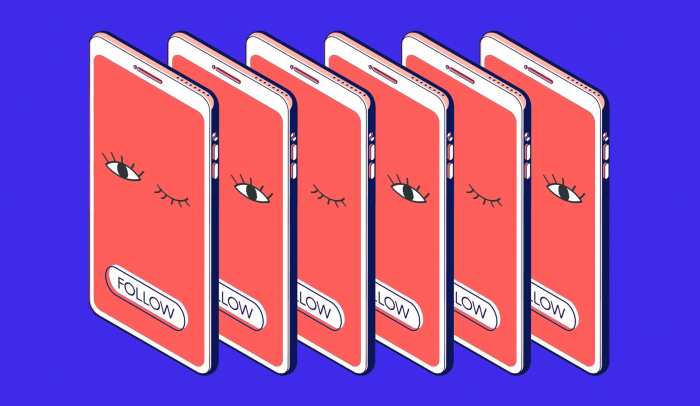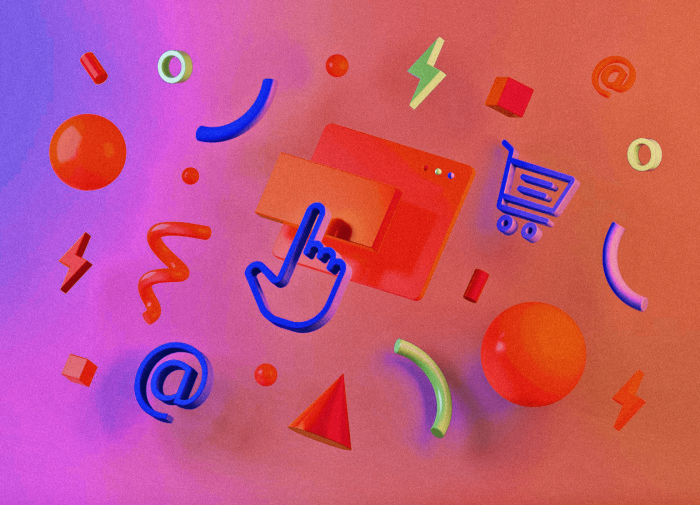You’ve seen ads and social campaigns for plenty of consumer goods—think snack foods, clothing brands, cleaning products. How would you characterize the tone of those touchpoints?
Some descriptions that come to mind might be eye-catching, entertaining, even zany. Now, could you imagine using those words to describe the marketing of some of the products you use at work? Don’t think so!
When it comes to the creativity of their marketing tactics, B2B (business-to-business) marketers lag behind those in B2C (business-to-consumer). Part of it is certainly due to the subject matter—it’s easier (and more fun) to sell a box of Cheez-Its, for example, than an annual subscription to an HR software platform. But it doesn’t have to be this way—and in fact, B2B marketers have a lot to learn about thinking outside the box from their counterparts in B2C.
B2B vs. B2C: Can You Spot the Difference?
A B2C business is one that—you guessed it—sells to individual consumers. When these businesses go to market, then, they’re focused on the needs, interests, and challenges of everyday people, living their everyday lives. Some examples of a B2C business include your local sporting goods store and coffee shop.
On the other hand, a B2B company is one that sells only to other businesses. Businesses whose customers are other businesses should focus their entire marketing on the needs, interests, and challenges of customers who make purchases on behalf of their organizations, rather than for themselves. Some examples of companies in the B2B space might include a payment processing software platform or a metal parts manufacturer selling its goods to an auto company.
Whereas B2C products are often purchased impulsively for instant gratification, B2B marketing can involve larger, more expensive commitments (and thus, a longer sales cycle). But whether B2C or B2B, we’re still talking about solving problems for people with various frustrations and motivations by giving them helpful products. Differences do remain, though, so what can B2B marketers learn from the tactics of B2C marketers?
3 Tactics B2B Marketers Can Steal from B2C
- Marketing Doesn’t Have to Be Boring…
B2B marketing has a reputation that precedes the concept. The stereotype is that it’s just plain boring, dull, uninteresting. But it totally doesn’t have to be! B2B companies are selling to businesses, sure, but businesses are still made up of people, and people make emotional decisions. Why not get them enthusiastic about the product right out of the gate? Try telling an interesting story that builds tension and creates excitement.
- … And Even B2B Can Tap Into Human Emotions
B2C marketers are unafraid to push the creative envelope to get their audiences emotionally invested in their brands. While a B2B buyer might not make as quick a decision, B2B marketing can still certainly speak to a certain level of gratification that can only be achieved when using the product in question.
- Build Brand Loyalty Even If It’s Amongst Other Businesses
The concept of brand loyalty describes a consumer’s positive feelings about a brand, and their commitment to buying the brand’s products and/or services repeatedly—regardless of shortcomings, competitor actions, or changes in the market.
Why can’t B2B marketers achieve that? To do it, you’ll need to create fans, not just customers, and you’ll really need to understand what makes your audience tick. Develop a consistent brand voice and visual appearance. Engage with users on social media, and prioritize great customer service. Generally, put the customer first.



